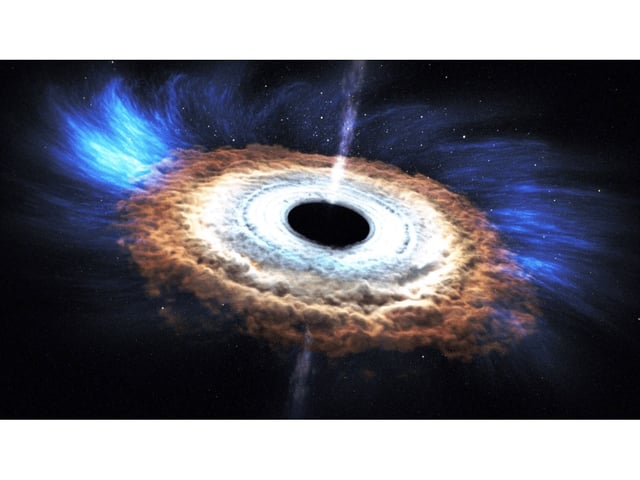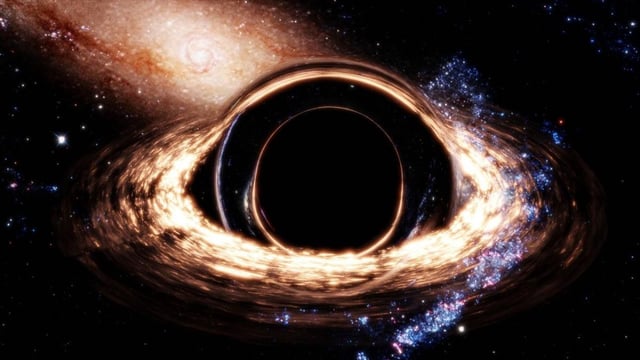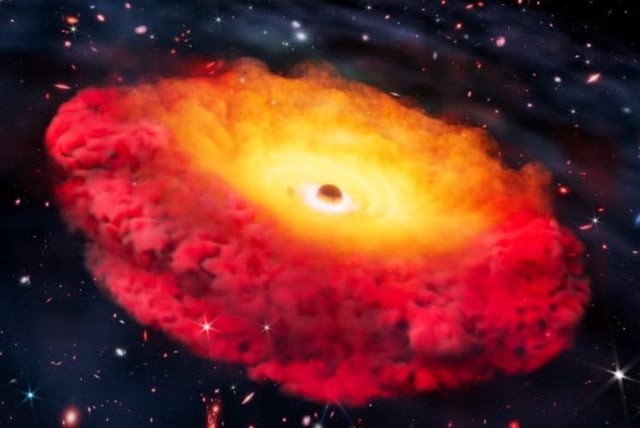Overview
- Spectroscopic observations from the James Webb Space Telescope have confirmed that galaxy CAPERS-LRD-z9 harbors a 300-million-solar-mass black hole active just 500 million years after the Big Bang.
- This discovery provides the earliest direct evidence of an accreting supermassive black hole in the Epoch of Reionization and validates JWST’s “small red points” as quasar signatures.
- A study of the merging “Infinity Galaxy” dated to 470 million years post-Big Bang offers the first observational support for primordial black hole seeds forming via direct collapse of gas clouds.
- Complementary data from LIGO–Virgo–KAGRA gravitational-wave detections and JWST deep-field surveys are driving a revision of black hole formation scenarios beyond standard stellar-seed growth.
- Ongoing analyses aim to resolve how such massive black holes emerged so rapidly, refining estimates of initial seed masses and accretion rates in the early universe.



